Bulldogs, with their lovable, wrinkled mugs and stocky builds, are one of the most iconic dog breeds. Originally bred in England for bull-baiting, today’s Bulldogs are known for their gentle disposition and amiable personalities rather than their ferocity. Alongside their distinctive physical features, Bulldogs come in a variety of striking colors that can sometimes affect the rarity and desirability of the breed within certain circles. The variety in their coat colors adds to their appeal and gives potential owners a wide range of options when selecting a pet. From the classic fawn to the rare lilac, Bulldog colors are diverse, each carrying unique genetic implications and standards of beauty. This article will explore seven stunning color variations of Bulldogs, showcasing the breadth and depth of this breed’s visual spectrum.
1. Fawn
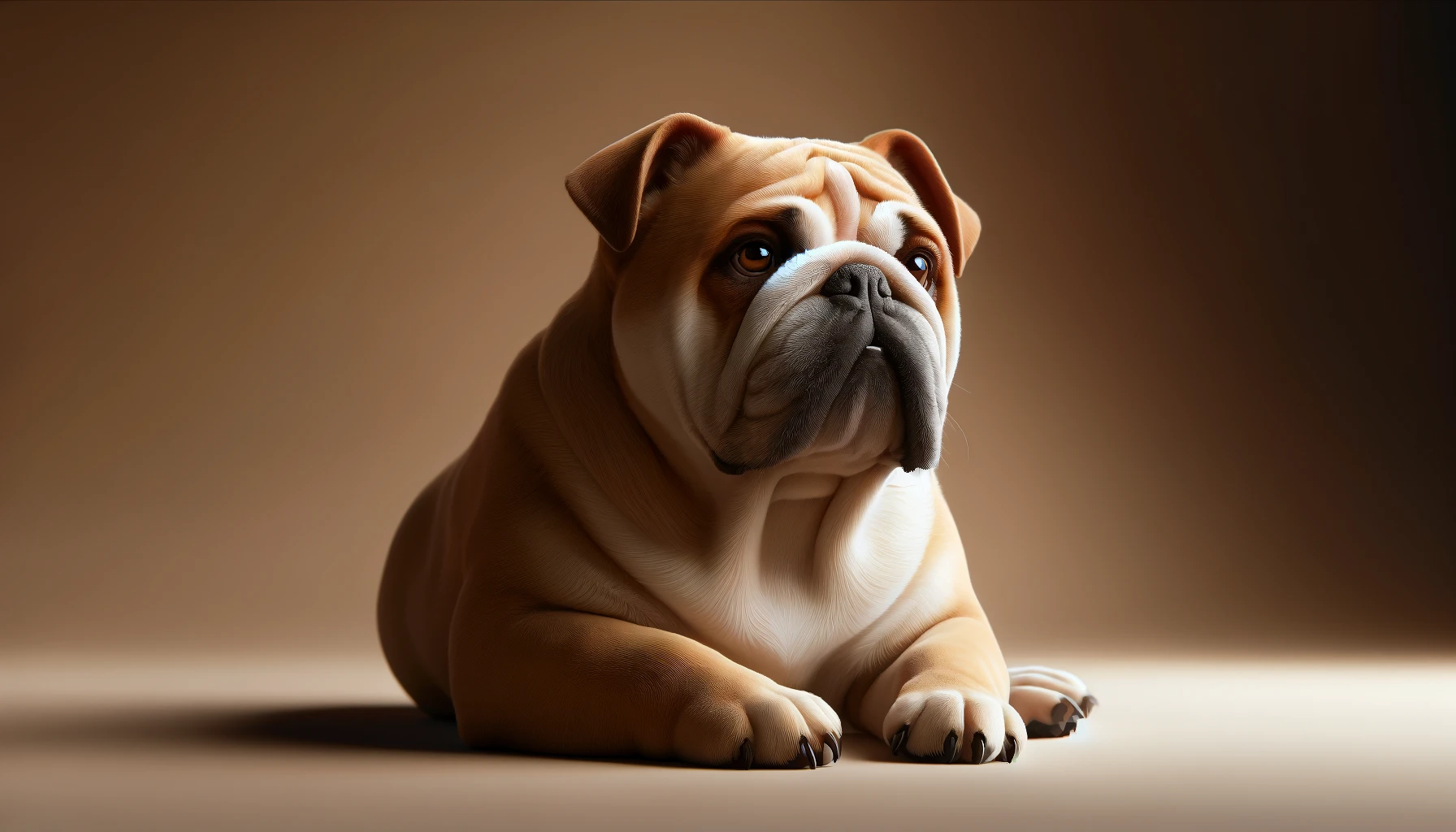
One of the most common and beloved Bulldog colors is fawn. This color ranges from a pale tan to a darker deer red. Fawn Bulldogs often have a uniform coloration but can also sport a darker mask or smudged patterning on the face and ears. The warm, rich tone of their coat brings out the expressive eyes and deep facial folds that Bulldogs are known for. Owners and breeders value this color for its classic appearance that captures the true essence of the breed. Fawn Bulldogs are often seen in show rings due to their striking, yet standard look that adheres well to breed guidelines.
2. Brindle
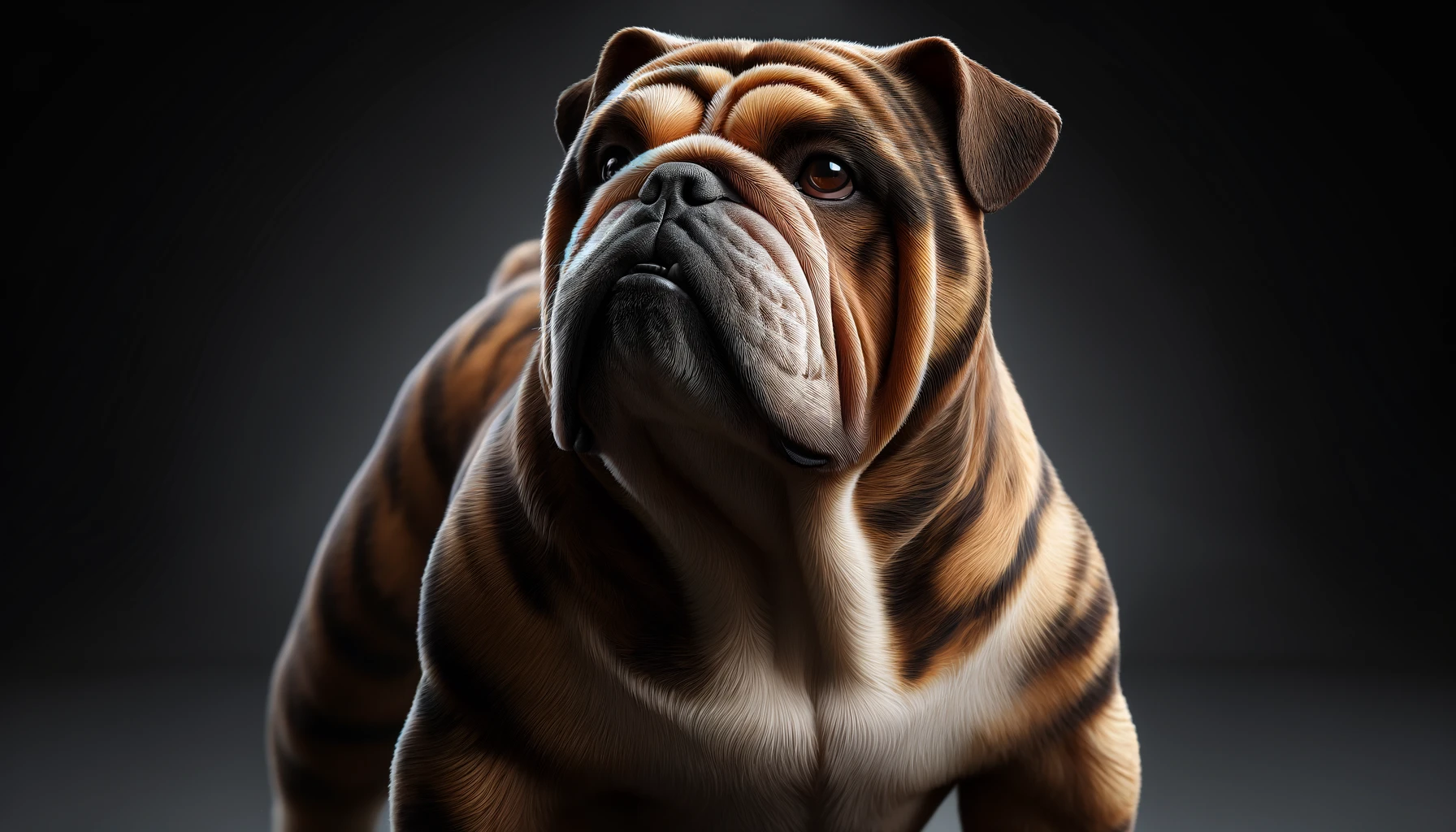
Brindle Bulldogs feature a mix of colors with a pattern that includes dark stripes on a lighter base. This pattern varies from light, almost imperceptible stripes to bold, dark streaks set against a fawn or tan background. Brindle is particularly favored for its dramatic appearance and the way it highlights the Bulldog’s muscular build and broad features. This color pattern is not only beautiful but also quite practical, as the darker stripes can help mask some of the shedding and dirt that Bulldogs are prone to.
3. White

White Bulldogs are striking in their simplicity, showcasing a clean, unmarked coat that may have patches of another color on the head or tail. Pure white Bulldogs are less common and can be prone to skin issues and deafness associated with the genes that produce white coats. However, they remain highly prized for their stunning, ghostly appearance that contrasts sharply with their dark, penetrating eyes. The white coat can make their skin more visible, highlighting the wrinkles and folds that give Bulldogs their characteristic expression.
4. Red

Red Bulldogs display a rich, deep, reddish-brown coat that can vary from a light copper to a dark rust color. This color is vibrant and eye-catching, often accompanied by a matching red nose or a darker snout. Red Bulldogs can carry a uniform color or may have white markings that add to their appeal. The intensity of the red can deepen as the dog matures, making older Bulldogs appear even more majestic and lion-like in stature.
5. Grey (Often referred to as Blue)
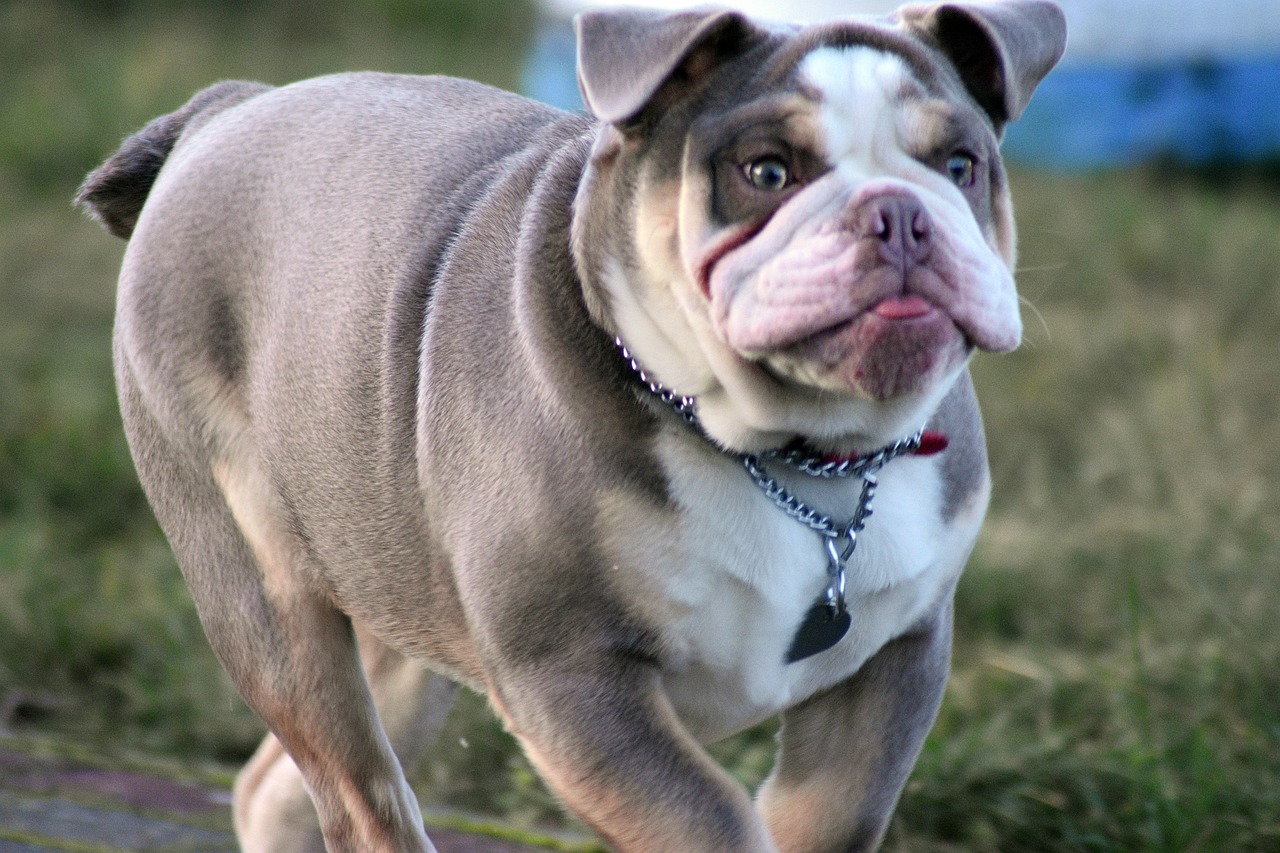
Grey Bulldogs, commonly referred to as “blue” due to the specific dilution of black pigments, have a unique coat color that ranges from a soft silver-grey to a deeper slate. The color is caused by a dilution gene that affects the black pigments in the coat, creating a striking and modern appearance. Blue Bulldogs are quite fashionable but can have skin issues due to their color dilution genetics. Despite this, their unusual color continues to attract a lot of attention and admiration.
6. Black
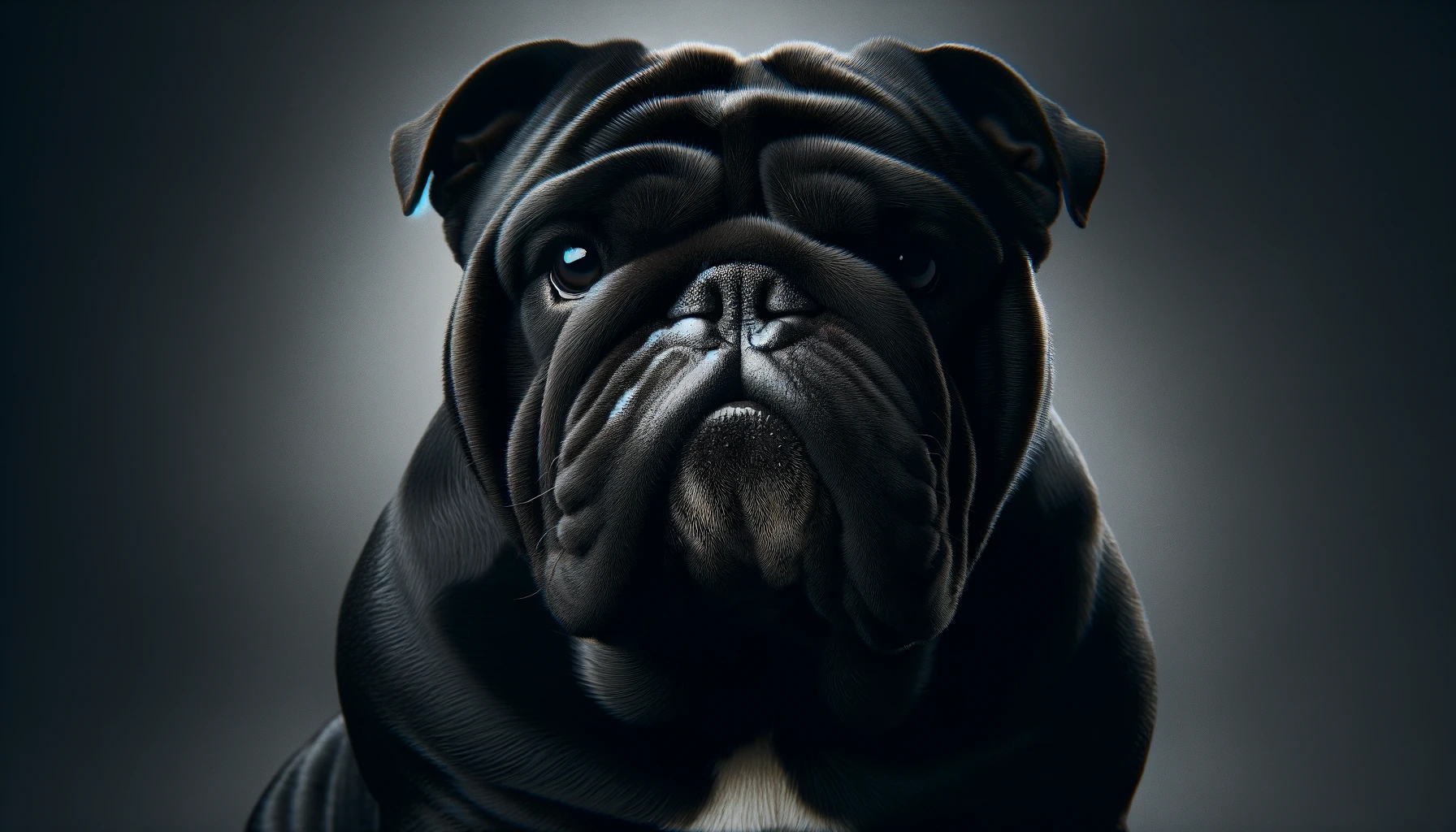
Solid black is a less common color for Bulldogs due to the breed standards that favor other colors. Nevertheless, black Bulldogs are compelling with their sleek, glossy coats and the profound depth it add to their appearance. While not always recognized in show rings, black Bulldogs can have a striking presence, with their dark coat emphasizing their robust physique and formidable expressions.
7. Lilac
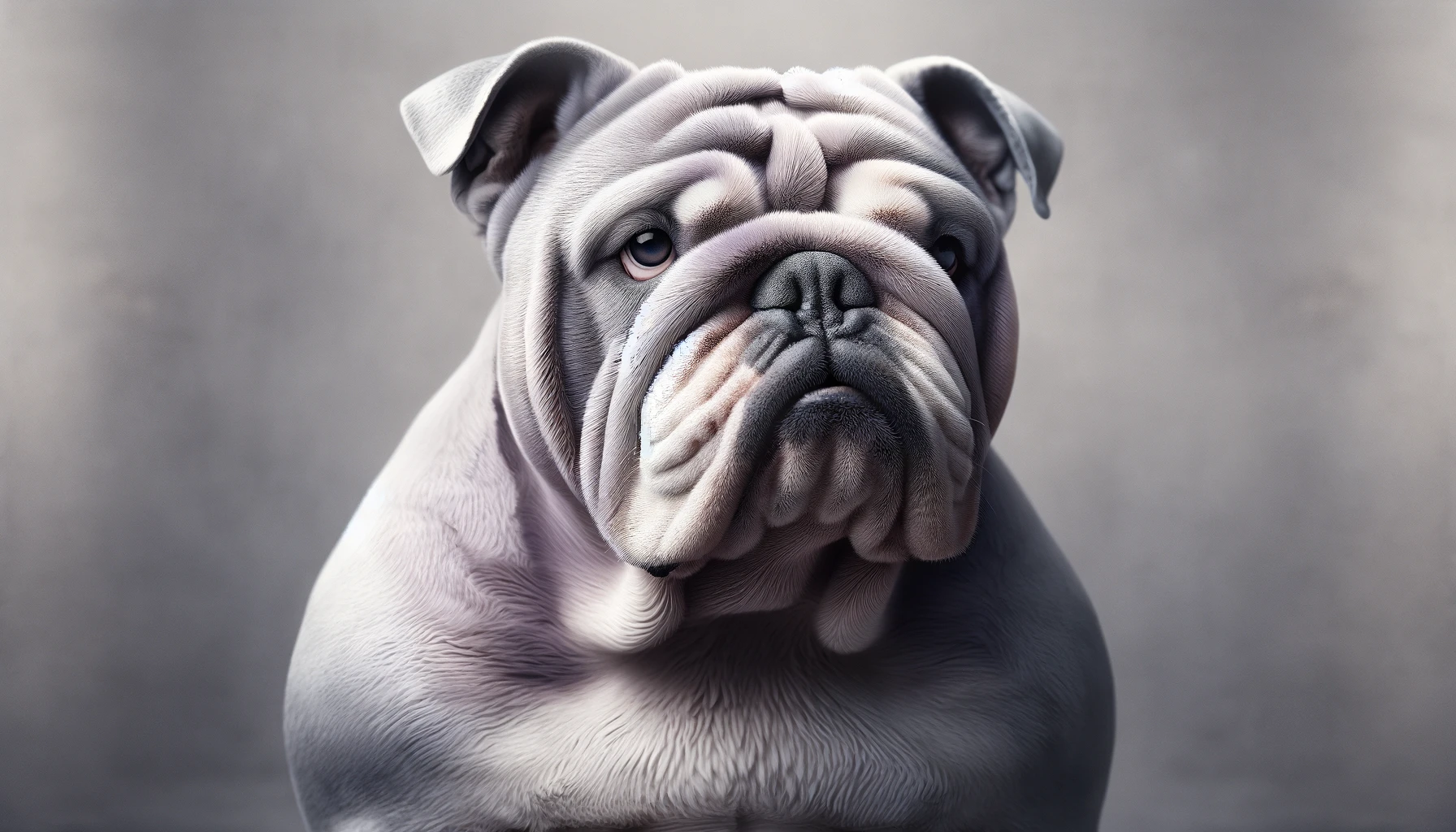
Lilac Bulldogs are one of the rarest colors and are the result of a combination of genetic traits for dilution and brown. They have a distinct, pale greyish-brown coat with pinkish or lavender undertones that make them highly desirable. Lilac Bulldogs often have light-colored eyes, which can range from light brown to pale blue. The unique coloring of lilac Bulldogs makes them stand out in any setting, though like blue Bulldogs, they may face some health challenges related to their exotic coat.
In summary, Bulldogs come in a wide array of beautiful colors, each adding to the breed’s charm and popularity. From the warmth of a red or fawn coat to the rare beauty of lilac or blue, these colors make Bulldogs not just pets but also a source of visual delight and breed admiration. Whether preparing for a show or looking for a loyal companion, the color of a Bulldog can significantly enhance its appeal and the personal satisfaction of owning one of these wonderful animals.
 Toledo, United States.
Toledo, United States.